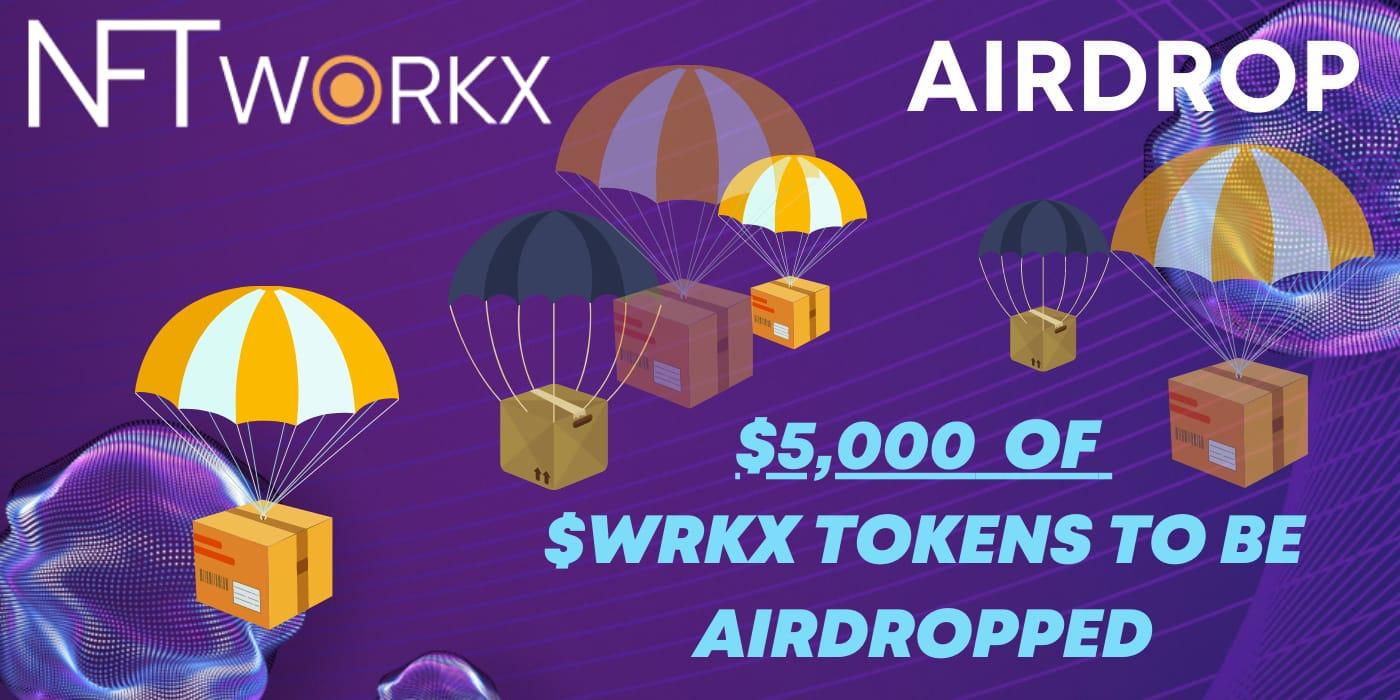This is a guest post by Beatrice Whelan, Global Content Manager for Social Media & Events at Sage and author of Trending: The Complete Guide to Social Media For Events. You can contact Beatrice via LinkedIn or Twitter.
Measurement is an essential part of any social media strategy for an event.
Every event that uses social media should have a social media measurement framework. A social media measurement framework lists the social and digital metrics you will track for each phase of the event and for each social media channel.
It also lists your benchmarks and targets for each metric. There are a lot of different metrics you can measure so it is important to be selective, but Return on Investment (ROI) is likely to be one of the metrics you will choose to include.
Why measure?
Measurement is important for explaining the ROI of your investment and for making tactical decisions. Use measurement to see what content and tactics are performing best, so you can then do more of what is working well and less of what isn’t.
When there are differing opinions about what to do, looking at the data from your measurement can help you arrive at a decision.
What to measure?
Before you can decide which metrics to measure you need to understand your objectives.
Your marketing and social media metrics will be different for each phase of the event and at each stage of the marketing funnel, though some metrics are common across all event phases – before, during and after.
Here are some of the different objectives and social metrics that you may want to include for the before event phase and for each stage of the funnel. Choose the ones that align most with the objectives you have for your event.
| Event Phase | Marketing Objective | Funnel Stage | Example Social Media Metrics |
| Before event | Increase event awareness among target audience. | Awareness | · Impressions of social posts.
· Reach of social posts. · Social handle follower/fan growth. · Number of social mentions of event hashtag and event name. · Video views. |
| Before event | Increase event understanding and consideration among target audience. | Familiarity, Consideration, Comparison | · Social engagements: likes, comments, shares.
· Social conversations e.g. number of replies to event Twitter handle, comments on Facebook posts and direct messages to your social channels. · Social content consumptions such as photo and link clicks. · Engagement per 1000 fans/followers. · Reach engagement rate/engagement rate of social posts. · Liking of offers or promotions for tickets. · Visits to website from social traffic. · Number indicated ‘interested’ or ‘attending’ Facebook Event. |
| Before event | Sell tickets for event, or for free events increase event registrations. | Purchase | · Conversions from each social channel.
· Cost per acquisition for each social channel. · ROI |
Return on Investment
While reach, engagement and other social media metrics are very important, if you’re not using social media to contribute to ticket sales or event registrations, then what is the point of all your pre event social activity? You need to know what percentage ticket sales came from social media.
Return on Investment is a key metric that you will want to include as part of the measurement framework for your event.
A simple definition is: ROI is the money you made from your activity after your costs are deducted. These costs could include content production, paid social spend, incentives for influencers, software for social screens and other installations and even staff costs.
Return on investment is best explained using this formula:

While this is the formal definition, the term ROI is often modified to suit the situation, but ROI always looks at reducing costs or increasing revenue.
For example, you could demonstrate the ROI of your organic social impressions by showing what it would have cost to purchase those impressions using paid social. If your organic social impressions cost you nothing except for your time creating and sharing the content then this comparison could demonstrate a very strong ROI. In this case the ROI was a reduction in paid media costs.
Compare the performance of social media (both organic social and paid social) to all of the other channels you are using for event promotion. Track how effective each of these channels are at achieving your objective at different periods of time, and different stages of the funnel and what the CPA (cost per acquisition) and ROI is for each.
Multi-Channel
No channel acts in isolation. When you first hear about an event, no matter how good it is, you typically don’t click on a button to buy your ticket. The process for buying involves a series of messages and/or interactions you receive related to the event that convinces you over time.
You might hear about it on Facebook, read about it on the website, get an email and then ultimately decide to purchase a ticket. The path to purchase is multi-channel. This can make things complicated when trying to determine the ROI for each channel including social media.
Multi-channel attribution is a challenge to achieve and most events use last click attribution for measurement. This means that the last channel the prospect came from before they converted gets 100% of the credit.
This can mean that social media doesn’t always get the credit it is due, and for this reason being able to demonstrate the performance of social media using other metrics, like reach and engagement, can also at least support if not completely demonstrate the ROI of social media for your event.
Conclusion
Having a framework in mind for measuring the ROI of social media is really important to the overall success of your social promotion, as it helps you make smart decisions and invest in the channels and tactics that yield the best results.
How do you measure the ROI of social media for your event? Which social media metrics are most important to you?




